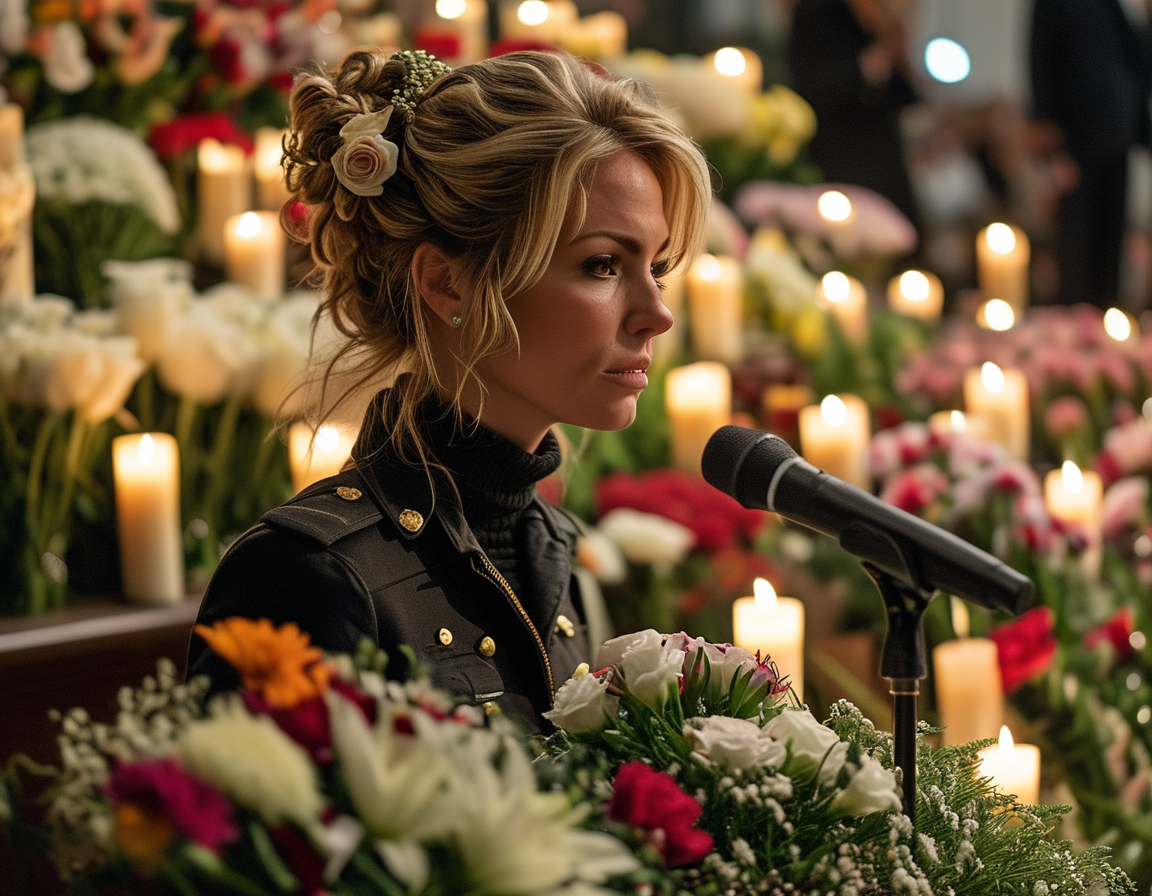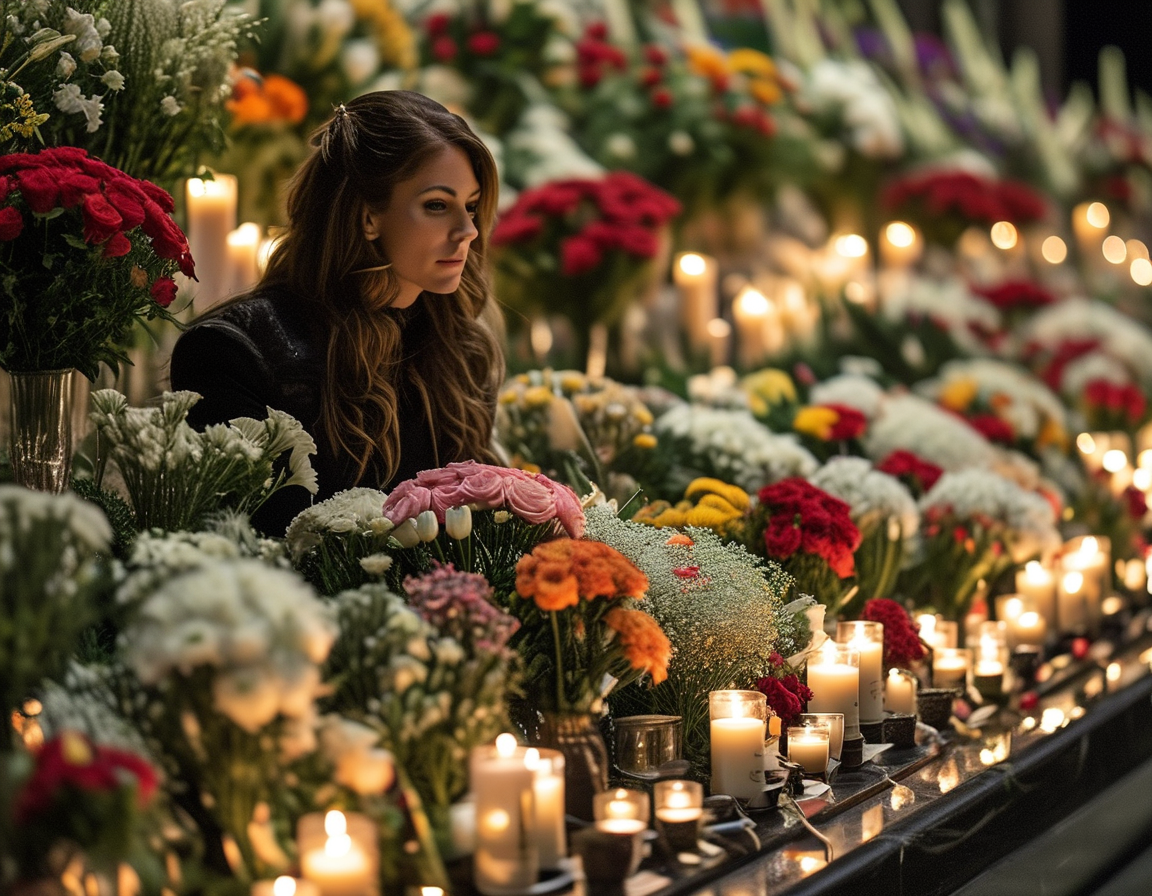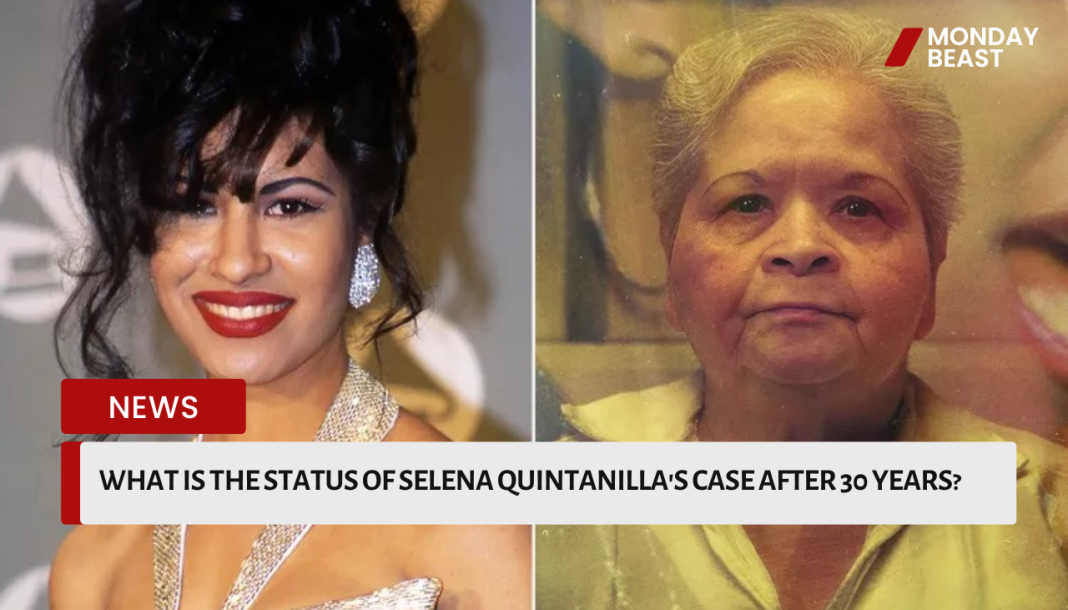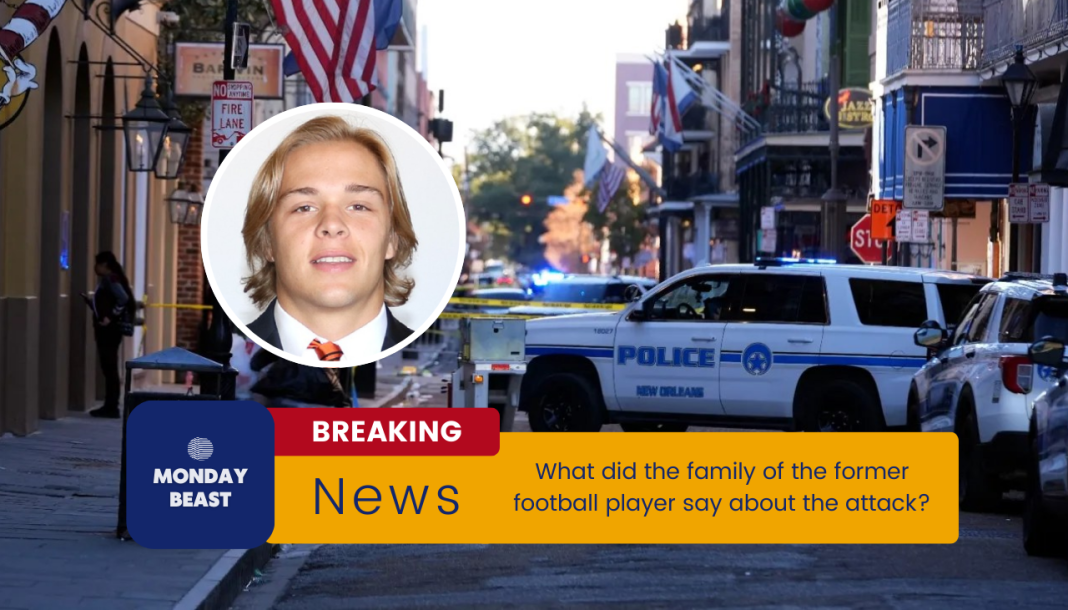In a shocking turn of events, Yolanda Saldívar, convicted of murdering beloved singer Selena Quintanilla, is vying for parole. Nearly 30 years after that tragic day in March 1995, Saldívar claims her life is in danger. Did she really have a bounty on her head? This question lingers as the world reflects on the lasting impact of Selena’s life and death.

Selena, just 23, had her whole future ahead of her. Her rise to fame was meteoric, and her fans adored her. She was a force in the music world, especially in Tejano music, breaking barriers along the way. On the day of her death, Selena was meeting Saldívar to retrieve important documents. It was then that Saldívar shot her in the back, shattering thousands of hearts across the globe.
Fast forward to now. Yolanda Saldívar applied for parole with her eligibility window sparking mixed reactions. Some argue that she should never walk free, while others believe everyone deserves a second chance. How does one balance justice and mercy in such a sensitive case?

Saldívar’s claims of a bounty echo through the halls of her prison. But are they genuine or an attempt to garner sympathy? Her defense during the trial painted her as not truly responsible. Yet the reality is stark: she took Selena’s life and left a community in mourning.
The trial of 1995 resurfaced painful emotions. Selena’s husband, Chris Pérez, testified about how Saldívar’s actions stemmed from betrayal and greed. Rumors of embezzlement haunted Saldívar before the deadly confrontation. In claiming innocence, Saldívar has distanced herself from the truth: a life was lost and a legacy ended too soon.

Selena’s performances, especially her record-breaking concert at the Houston Astrodome, are remembered. She captivated nearly 67,000 fans.A vibrant legacy stirs questions about justice and forgiveness. Can a murderer ever redeem herself?
As the March 30 deadline for parole approaches, the questions mount. What will the parole board decide? Will they uphold the gravity of her crime, or will mercy prevail? Each perspective, from Selena’s family to devoted fans, adds layers to this complex narrative.
It’s been 30 years of heartache and remembrance. Will Yolanda Saldívar’s request stir another wave of outrage? Or will some see it as an opportunity for reflection? With powerful emotions at play, this saga is far from over.
In the realm of public opinion, narrative swirls. Many believe Saldívar’s past should seal her fate. Others consider the complexities of human behavior and the possibility for change. Saldívar’s case isn’t just about her—it’s about the cultural icon she stole from us, and the lessons learned along the way.
With memories of Selena fresh in the hearts of many, Saldívar’s potential release is fraught with tension. If Saldívar, now a figure wrapped in infamy, walks free, what message does that send? Grieving and healing are processes that, for some, may never be complete.




